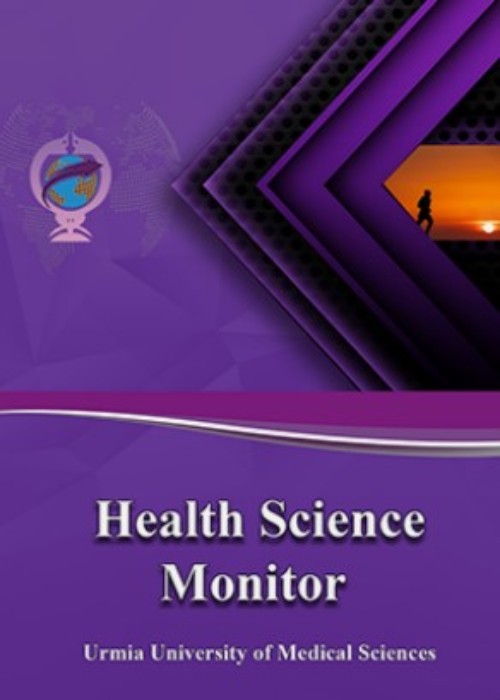Health inequality in COVID-19 vaccination coverage
Dear Editor, According to the latest report of World Health Organization, which was published on November 8, 2021, more than 249,743,428 people were infected with COVID-19 and 5,047,652 people died from this disease worldwide. Furthermore, more than seven billion doses of vaccine have been used against the COVID-19 pandemic across the world (1). COVID-19 can take two forms including the asymptomatic and symptomatic forms and may cause a wide and varied range of symptoms (2-6). One of the most serious and current human rights is to have access to diagnostic, treatment and vaccination facilities against COVID-19, especially in the poor areas and low-income countries. In addition, vaccination is regarded to be a very important primary preventive measure since it causes a significant reduction in the COVID-19 development, decreases its morbidity, and reduces its mortality rates (7). In fact, health inequality is a comprehensive concept that reflects the differences and inequalities in people's access to health care (8). It is obvious that health-care-access injustice ultimately leads to inequality in health (9). At the beginning of 2021, several COVID-19 vaccines were developed. These vaccines were classified into three categories. The first category involved the RNA messenger vaccines (mRNA) which included Moderna and Pfizer-BioNTech vaccines. The second category comprised the vaccines which were made with the help of human and mammalian adenoviruses such as Spuntink-V, Astera-Zenec, and Johnson & Johnson. Finally, the third category involved the inactivated viral vaccines such as Bharat Biotech, Sinopharm, and Sinovac (10). These vaccines and the new medications have been effective (11). Nonetheless, there are still countries around the world which are not able to purchase the approved vaccines. Moreover, a number of the people, who have access to the vaccines, are not willing to trust a new vaccine. These two issues are major concerns which severely affect the vaccination coverage rate, the break in the disease transmission chain, and the end of the COVID-19 pandemic (12). Finally, it can be stated that the causes of low vaccination coverage include the following factors (13, 14): Lack of access to vaccines Distrust of governments Negative role of national media Poor performance of health personnel Negative role of social and virtual networks Complications of vaccination Low knowledge about the consequences of the COVID-19 among the general population. In conclusion, it can be noted that, the above mentioned factors influence inequality in COVID-19 vaccination coverage. More specifically, the countries have different vaccination coverage rates. Therefore, the consequences of COVID-19 and the general health status are different across the world.
- حق عضویت دریافتی صرف حمایت از نشریات عضو و نگهداری، تکمیل و توسعه مگیران میشود.
- پرداخت حق اشتراک و دانلود مقالات اجازه بازنشر آن در سایر رسانههای چاپی و دیجیتال را به کاربر نمیدهد.


